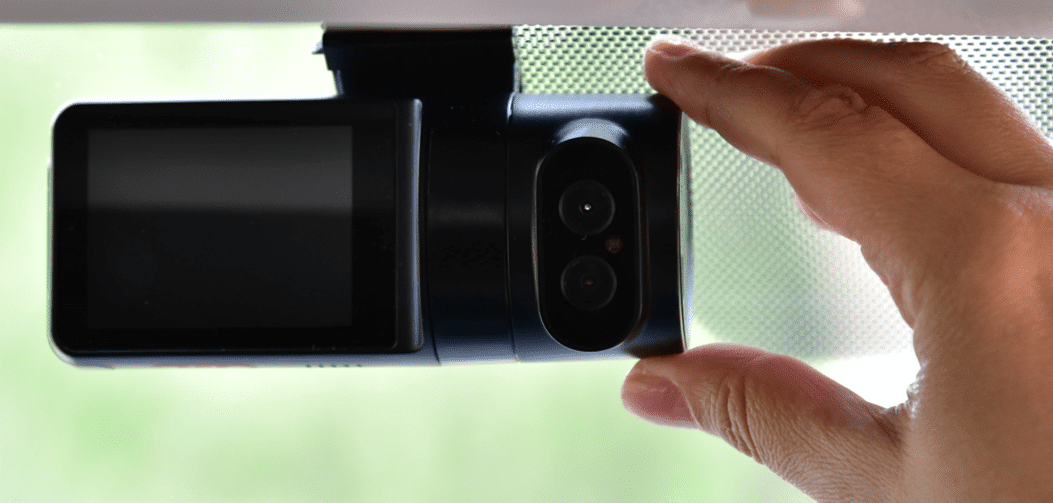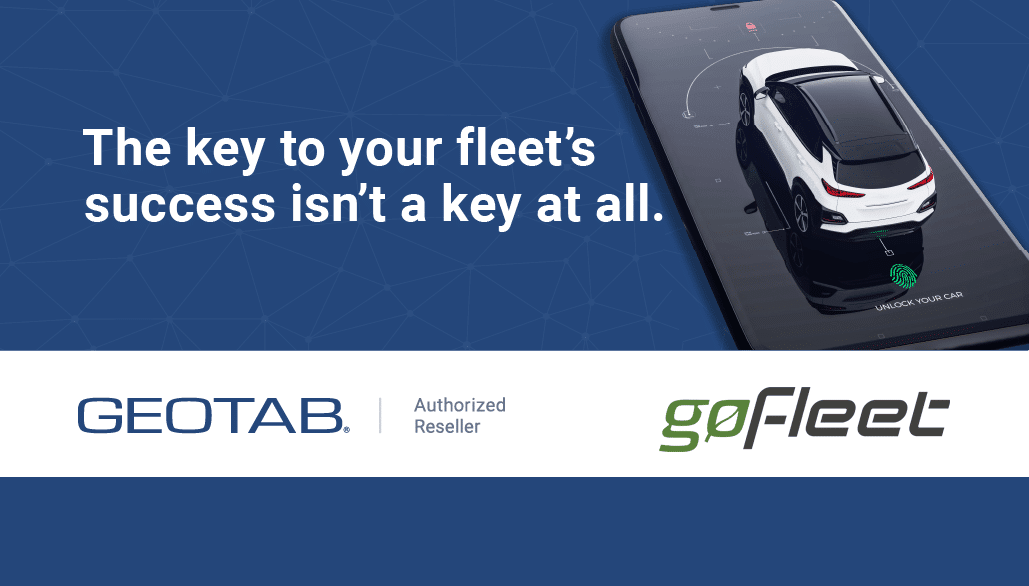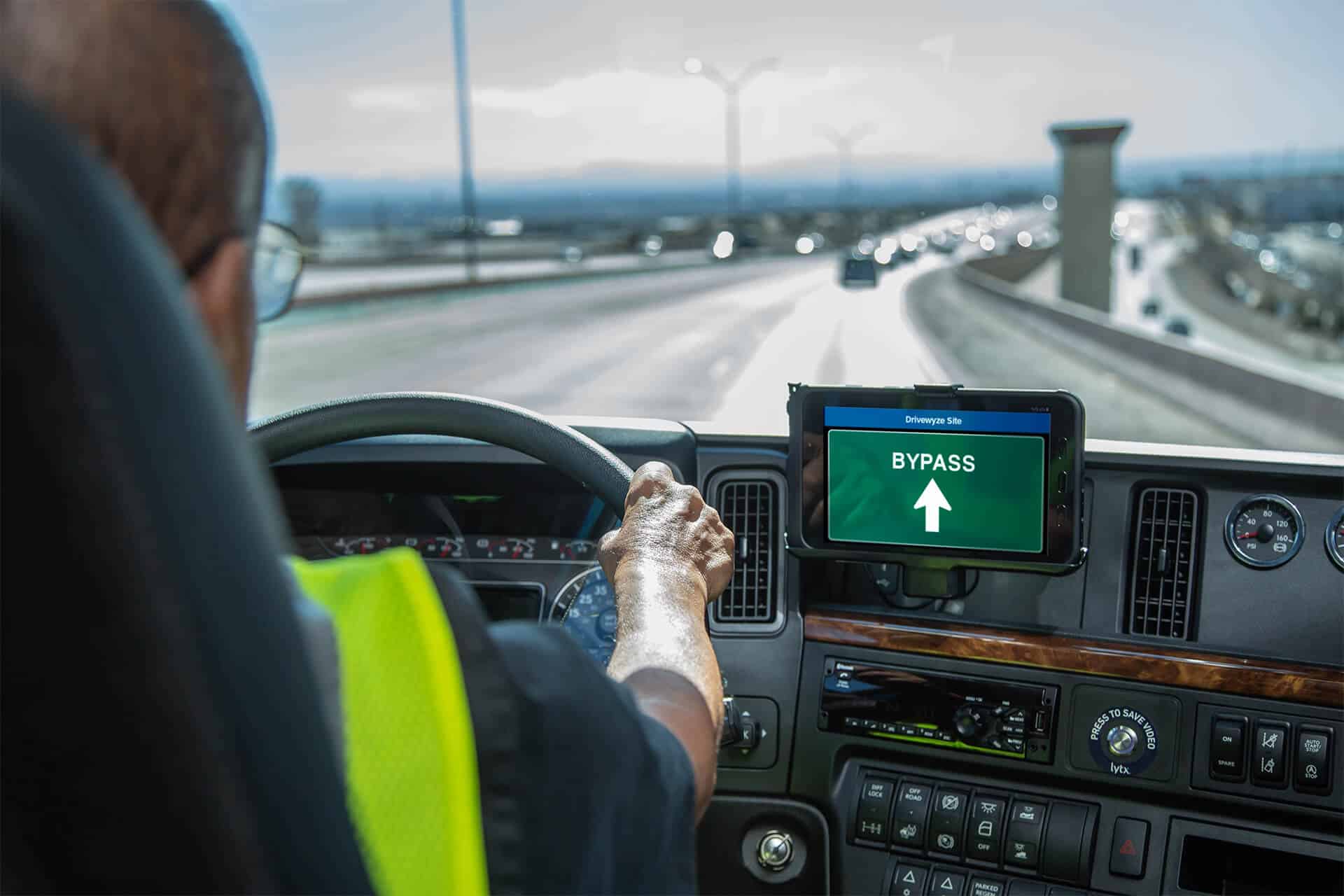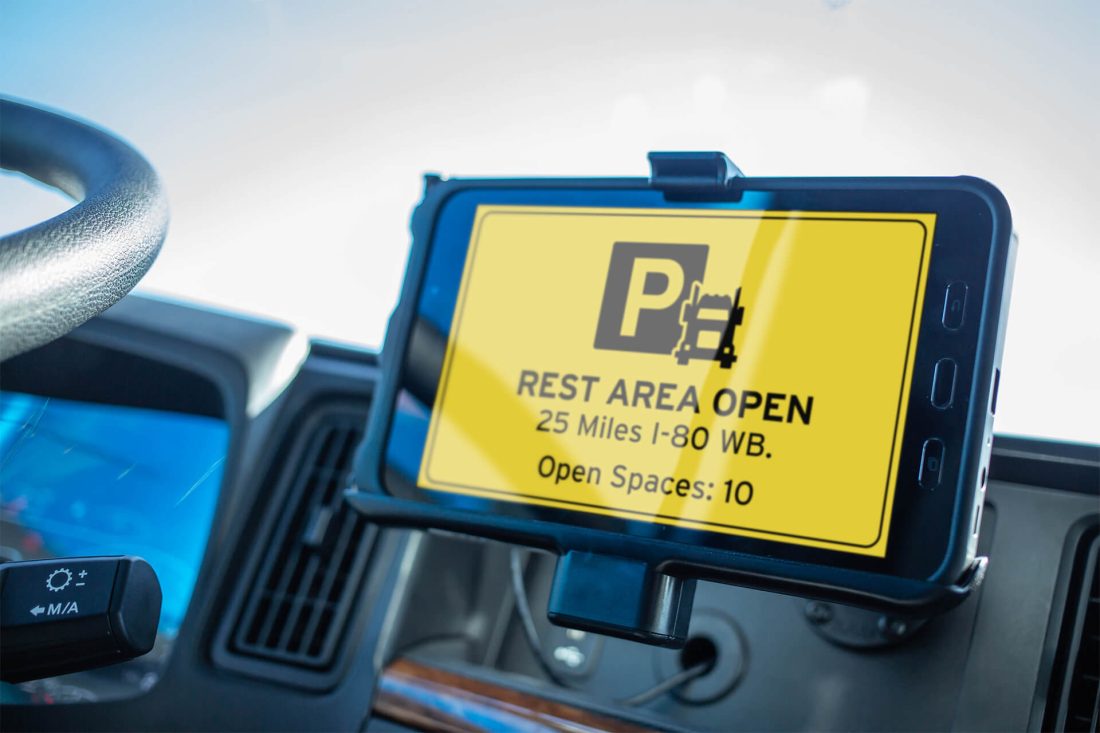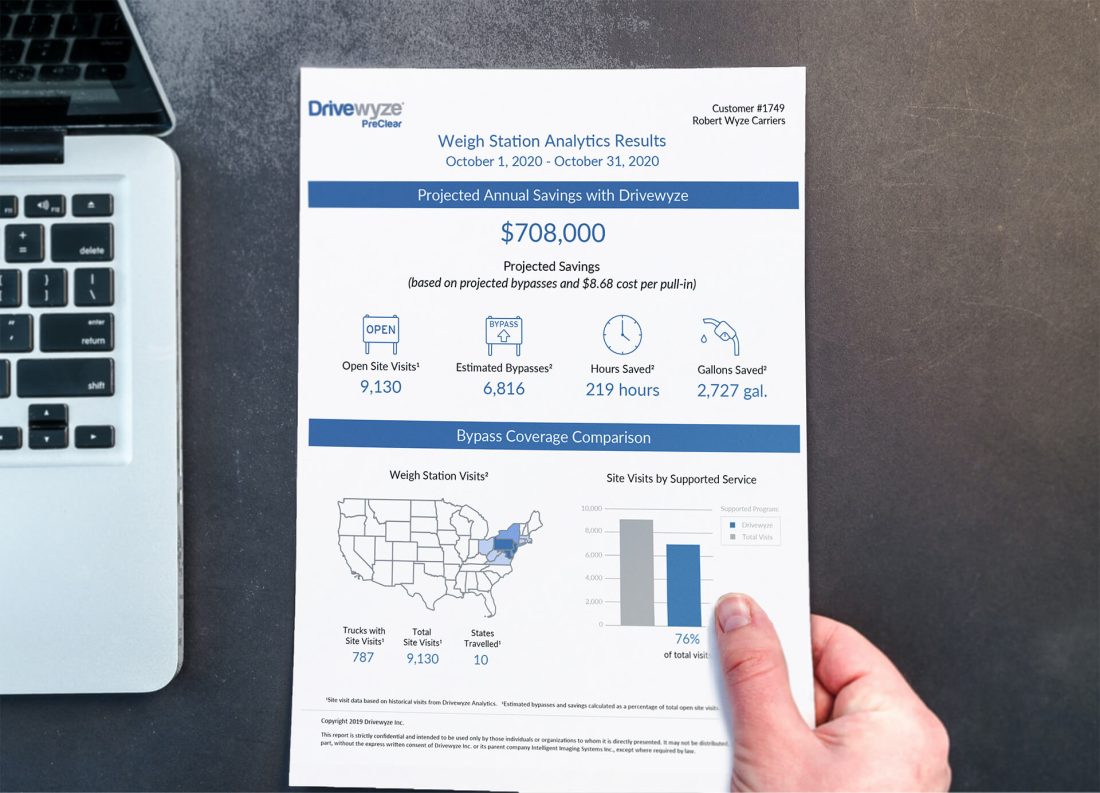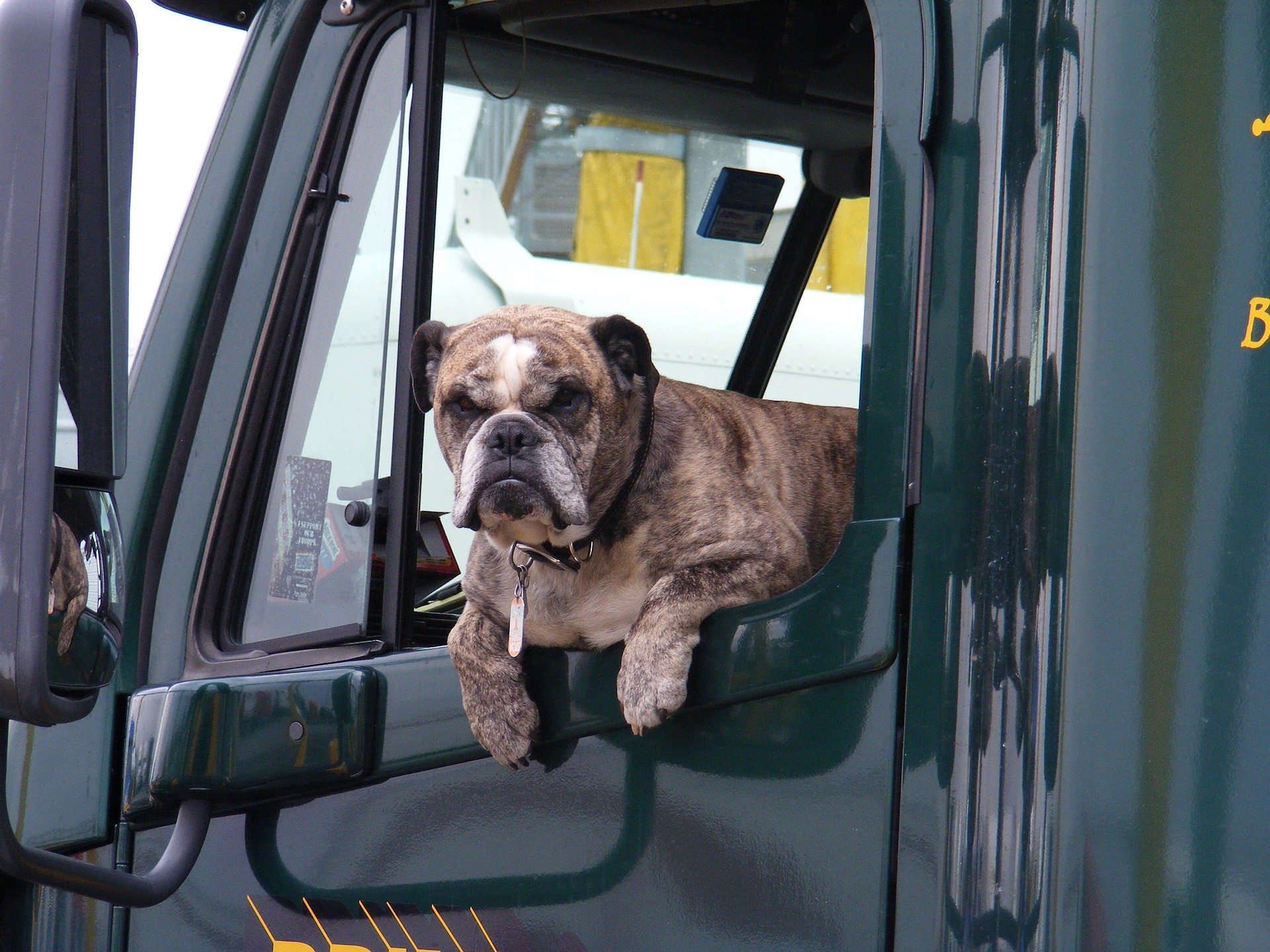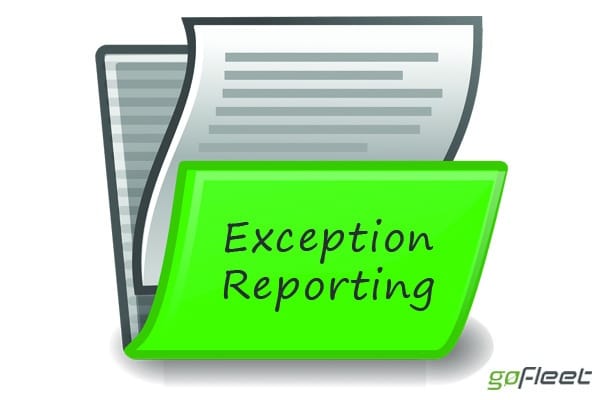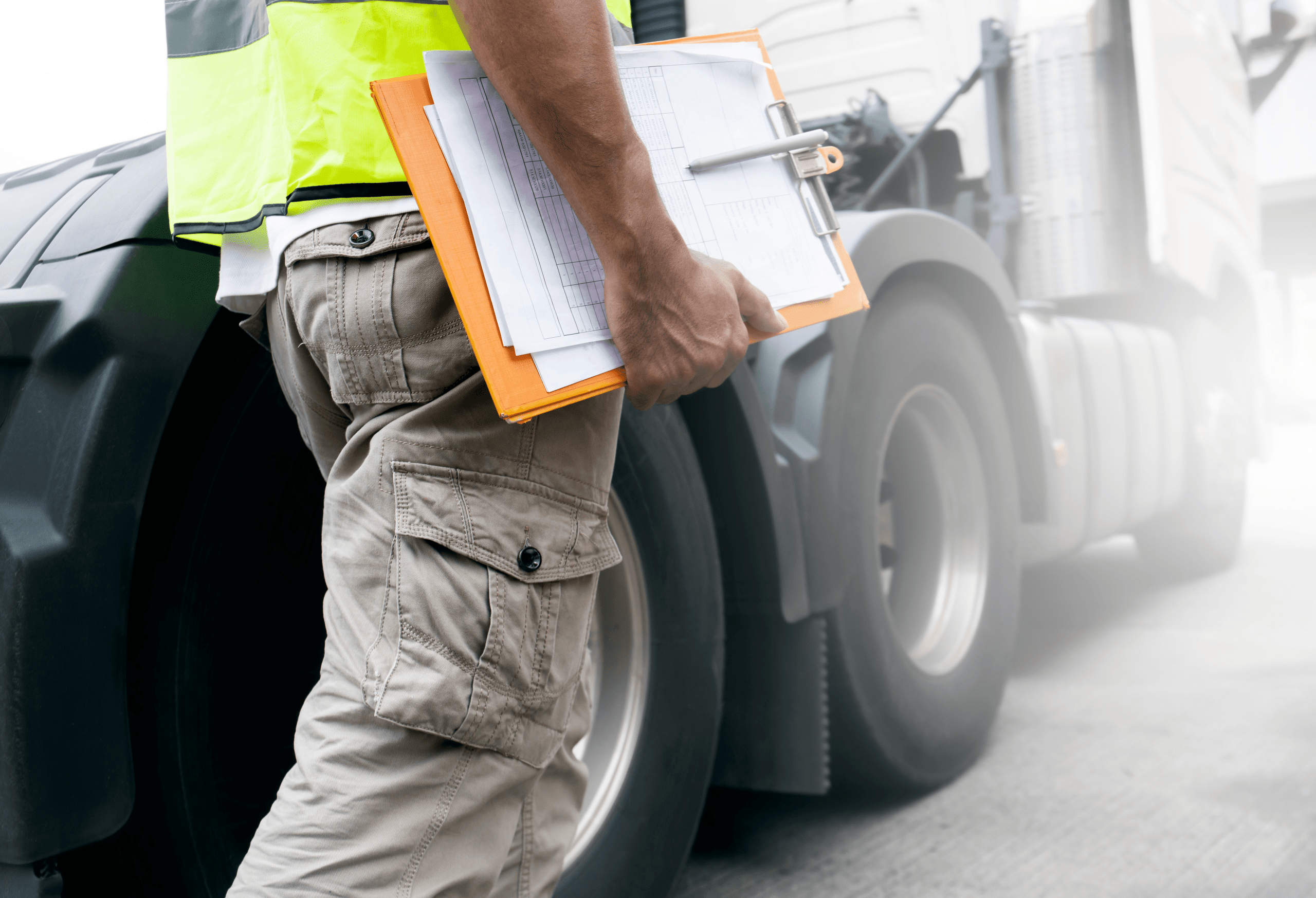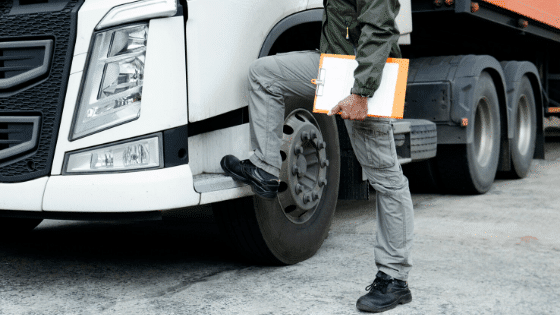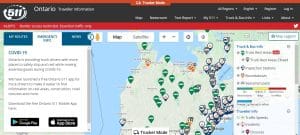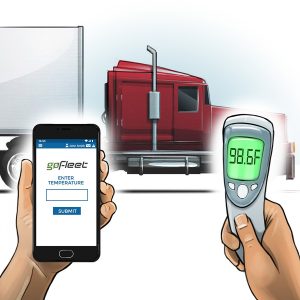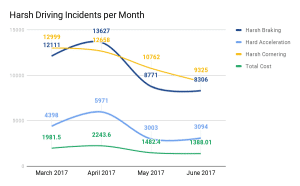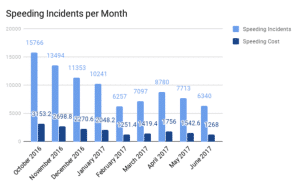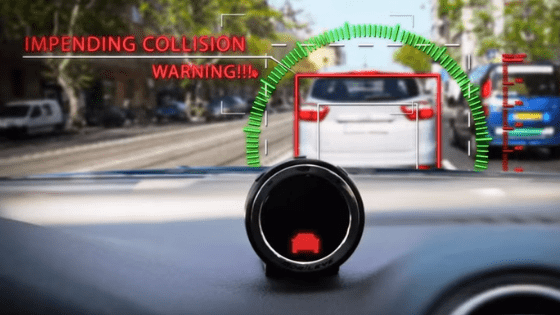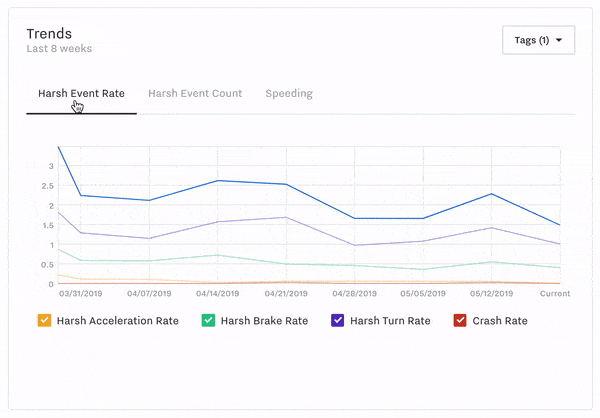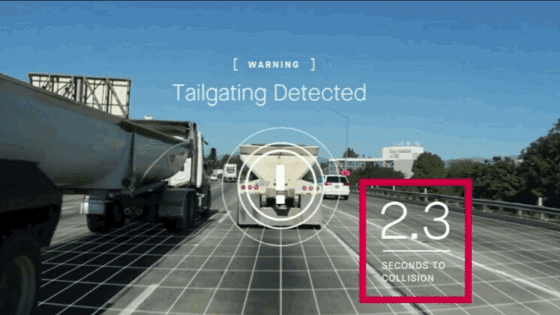Generally speaking, commercial dash cams are well-suited to answering “when” and “where” questions around accidents or other incidents involving your vehicles. When paired with a top-tier telematics platform, your dash cam system can provide a deeper dive, answering the “why’s” and “how’s” of driving behaviour on the road. Dash cams ensure and improve safety for drivers and vehicles, while providing peace of mind to the people who employ them.
By now, you’re likely familiar with GoFleet’s dash cam offerings. What might be less familiar is which scalable, comprehensive solution will work best for your fleet. Depending on your requirements and the industry in which you operate, the answer can get complicated.
Whether you have a handful of vehicles, or an entire cavalcade, both our dual-facing and multi-camera options help correct similar issues across nearly every fleet industry. “From my experience, it’s not about fleet size. For example, a client might want a four-channel setup, because they want a camera solution that has a nearly 360 degree view to get a better understanding of who’s at fault,” says Ron Sabbun, who works with Strategic Partnerships at GoFleet’s Partner ZenduIT. “Our product sales depend on two main criteria; customer requirements, and the industry they’re in.”
With a number of device solutions, paired with a robust Trax platform that can monitor vehicles, report on and interpret driving data in real time, the applications for commercial dash cams seem nearly limitless. In this post, we’ll look at some of the more universal use cases for commercial dash cams that GoFleet can solve for.
Driver Exoneration
Whether you work in transportation, waste management, hospitals, government, field services or passenger transport, a time may come when your driver is involved in a traffic accident.
“One of the major reasons customers elect to get dash cams is to get video evidence of any incidents that occur while their driver is on the road,” says Sabbun. “In an accident, they want to get a better idea of what led up to the event, the driver’s reaction during the event, and who was at fault.”
Not coincidentally, Sabbun points to passenger transport as a growing industry that requires the use of dash cams. Unlike public transportation, passenger transport describes the privatized movement of passengers on a given network, such as transporting people with special needs, or ferrying executives around. “These companies really understand the liability process if their drivers get into an accident. Not only does the driver have to prove that they were not at fault, but they require evidence that their passengers weren’t injured.”
Preventing Distracted Driving
While issues of fatigue or driver drowsiness tend to be risks associated with trucking, distracted driving can affect any driver in any industry where vehicles are employed. Dual camera systems with both driver and road-facing camera views would be a popular choice where it’s a requirement to monitor and gauge a driver’s behaviour inside the cab, especially as that behaviour relates to an accident. GoFleet’s cameras offer advanced alerts for fatigue and driver distraction, which focus on a driver’s physical indicators, such as his facial features and the direction of his gaze. For added safety, the camera will produce an audible alert in the event of distraction; a great tool to keep your driver’s eyes on the road where they belong.
Content Review
Commercial dash cams display video relating to an event of interest for the purpose of review. Events of interest can either be an on-demand request that has been flagged by a fleet manager, or automatically triggered by a preset list of notifications. Either way, a fleet manager’s time, the number of events or notifications, and the number of vehicles sending data back to the business are all factors that can contribute to a bottleneck in the review process. Having the right tools to sort through the most critical events for review is essential. The content review process can even be simplified by GoFleet’s Managed Services, which allows fleets to work with industry consultants who provide recommendations on how to increase safety and sort through dash camera footage for you.
Generating Reports
Dash cams can generate a lot of data within a very short time frame. Distilling that information into key metrics that measure how drivers and fleets are performing over time is essential to fleets big and small. GoFleet’s telematics system will provide reports such as driver scorecards, which help measure how a driver is performing over time, as well as how he compares against his fellow drivers. Scorecards can provide the foundation for both reward incentives and coaching programs.
Providing Feedback
Coaching and feedback between drivers and fleet managers create value and can provide a significant ROI. Depending on the size of your business, you can initiate a review and/or coaching session based on metric-driven reports, either in-person or by supplying drivers with a formal review checklist. This list compiles shortlisted events and videos, as well as notes and comments; completion of a pending review can be part of a driver’s to-do list before starting the next trip.
Opportunity for feedback ensures that our solutions make your job easier, while improving workflow and increasing overall fleet safety. Reporting and feedback are scalable solutions that can work in virtually any industry that employs a commercial fleet.
Reducing Operational Expenses
Your fleet can realize major savings by implementing commercial fleet dash cams. Outside of exonerating drivers, there are significant savings around fewer traffic violations, reduced insurance premiums and lower maintenance costs for your vehicles. There are also a number of studies that illustrate a correlation between safe driving and better fuel efficiency (examples here, here and here).
Driver Retention
There has long been an impression of dash cams as a means to surveil drivers. While the primary purpose may be recording and monitoring driving behaviour, the process of reviewing content doesn’t have to be punitive. Rather, dash cam telematics can create recognition programs within your fleet, in addition to capturing accidents. In fact, driver scoring encourages your fleet to maintain positive behaviour and create a work culture based on compliance and safety, a key factor to driving engagement within your team.
Conclusion
From a growing awareness of the value of commercial dash cams to the availability of cutting-edge hardware with a host of functionalities aimed at keeping drivers and vehicles safe, dash cams are now the norm for commercial vehicles and fleets of all sizes. As the choices keep expanding, so does the analysis process. Selecting the right dash cam solution requires you to look at the combination of hardware and software holistically, within the framework of your fleet’s requirements. Thankfully, GoFleet is here to assist you with navigating your decision-making journey.
Schedule a demonstration and get a FREE trial when you contact your GoFleet consultant. There’s never been a better time, call now!
